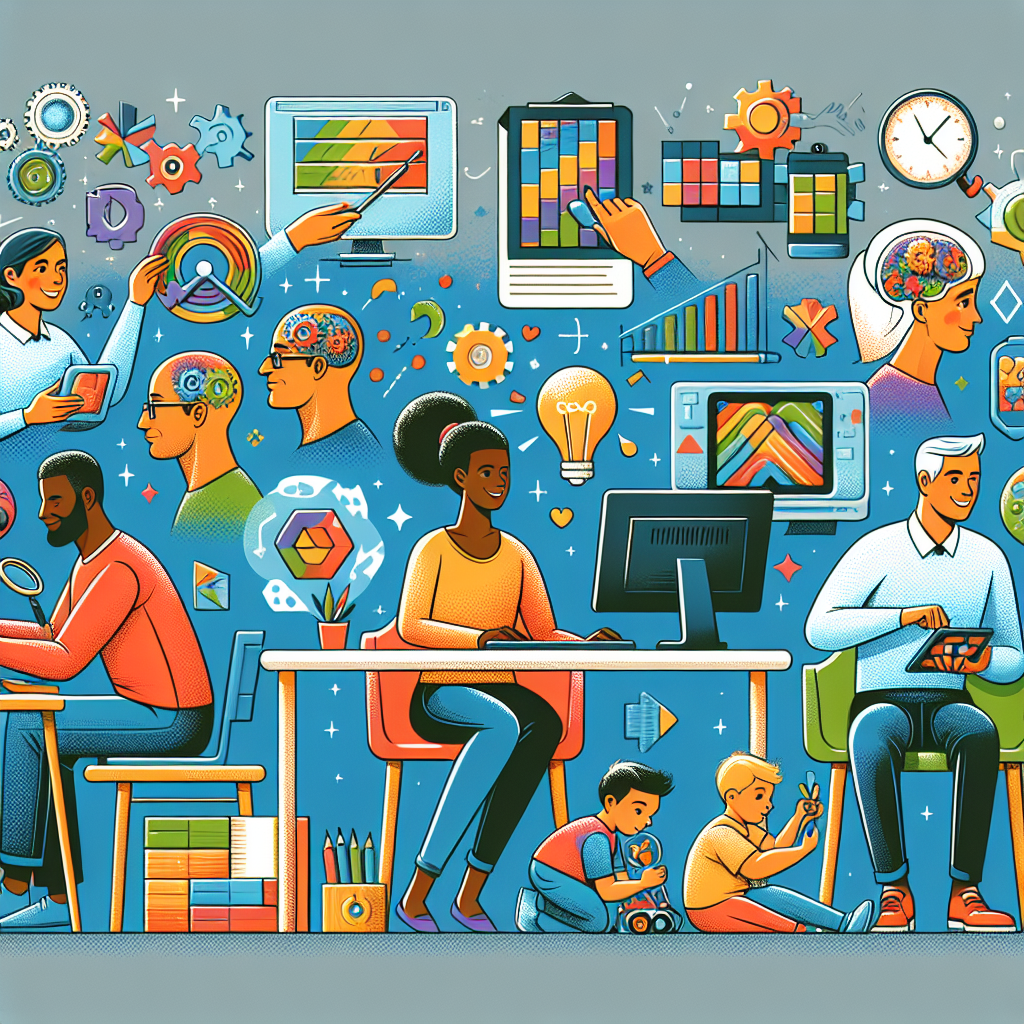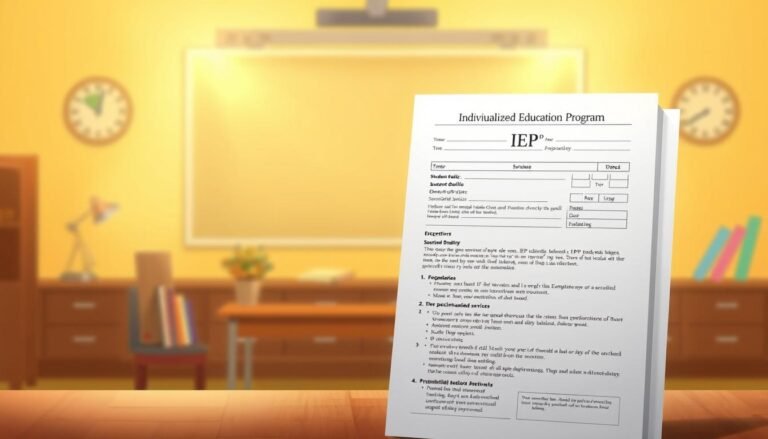
The Ultimate Guide to Innovative Tools and Techniques for Enhancing Processing Speed in Learning Disabilities
Introduction
In an increasingly fast-paced world, the ability to process information quickly is more crucial than ever. However, for individuals with learning disabilities, the struggle to keep pace can be daunting. The pressing need for effective strategies has spurred a wealth of innovative tools and techniques for enhancing processing speed in learning disabilities. In this article, we will explore these groundbreaking approaches in detail, ensuring that you not only understand their significance but are also equipped with practical applications.
Why Processing Speed Matters
Processing speed is the rate at which an individual can take in, interpret, and respond to information. This skill influences academic performance, daily functioning, and social interactions. For students with learning disabilities such as dyslexia or ADHD, slower processing speed can lead to challenges in traditional learning environments, creating frustration and feelings of inadequacy.
Numerous studies indicate a direct correlation between processing speed and overall academic success. According to a 2020 research paper published in the Journal of Learning Disabilities, children with lower processing speeds are at a higher risk of dropping out of school early. This makes exploring innovative tools and techniques for enhancing processing speed in learning disabilities not just beneficial, but essential.
Innovative Techniques for Enhancing Processing Speed
1. Assistive Technology
Assistive technology has revolutionized how learners with disabilities interact with their environments. From text-to-speech software that reads aloud to students struggling with reading to apps that convert spoken words into text, technology offers numerous solutions.
Case Study: Read&Write for Google Chrome
Read&Write is an extension that provides various support features, including text-to-speech, word prediction, and speech-to-text capabilities. It has been effectively utilized in classrooms where students with dyslexia significantly improved their reading and writing skills. One elementary school reported a 30% increase in assessment scores after integrating this tool.
| Feature | Benefit |
|---|---|
| Text-to-Speech | Helps auditory learners by reading aloud |
| Speech-to-Text | Supports students with writing difficulties |
| Word Prediction | Reduces cognitive load during writing tasks |
2. Cognitive Behavioral Strategies
Cognitive Behavioral Therapy (CBT) can provide effective strategies to help learners manage anxiety and improve focus, thereby enhancing their processing speed.
Case Study: CBT in Action
A high school implemented a CBT program tailored for students with learning disabilities. After eight weeks of sessions focused on reducing anxiety and improving focus, participating students showed a marked increase in their processing speed, with average gains of 15-20%, as measured by standardized cognitive assessments.
3. Visualization Techniques
Visual learning strategies can significantly benefit students with processing speed challenges. Mind mapping and graphic organizers are excellent ways to break down complex information into digestible chunks.
Implementation Example: Mind Mapping for Mathematics
A middle school implemented mind mapping methods for teaching geometry. Students reported that using diagrams and visual aids helped them grasp concepts faster, leading to one-third of the class achieving above-average grades on assessments.
4. Speed Reading Programs
Certain speed reading courses aim at increasing the rate at which individuals can read without sacrificing comprehension. Programs like Spreeder and AceReader incorporate exercises to train the eye muscles and improve focus.
Case Study: Accelerated Reading at a Learning Center
A community learning center adopted Spreeder for its reading intervention program. Post-training assessments revealed that students with processing speed difficulties achieved 50% faster reading times and improved comprehension levels, showcasing one of the effective innovative tools and techniques for enhancing processing speed in learning disabilities.
5. Gamification
Using game-based learning can be a powerful approach. Educational games that focus on cognitive skills can help improve processing speeds through engaging practice.
Analysis: The Impact of Learning Games
A study involving a group of fifth graders showed that after three months of using cognitive games focused on speed and memory, 80% of the participants improved their processing speed as indicated by their scores on specific cognitive tasks.
Table: Gamified Learning Tools
| Tool | Target Skill | Result |
|---|---|---|
| Lumosity | Memory, Attention | 30% increase in cognitive speed |
| Khan Academy | Math and Reading | 25% improvement in test scores |
Strategies for Implementation
Creating a Multi-Modal Learning Environment
To optimize processing speed, it’s essential to leverage different teaching methods. Here’s how to employ a multi-modal approach:
- Incorporate Auditory, Visual, and Kinesthetic Learning – Balance lectures with interactive activities.
- Use Technology Wisely – Blend traditional methods with tech tools that appeal to various learning styles.
- Foster a Supportive Environment – Encourage self-regulation and mindfulness practices to reduce anxiety.
Assessing Impact
To ensure these innovative tools and techniques for enhancing processing speed in learning disabilities are effective, it’s vital to measure outcomes. Standardized tests, feedback surveys, and performance metrics will reveal the success of the implemented strategies.
Conclusion
Enhancing processing speed in individuals with learning disabilities is a multifaceted challenge, yet numerous innovative tools and techniques for enhancing processing speed in learning disabilities offer promising solutions. From assistive technology to gamification, these strategies empower learners, equipping them to succeed academically and socially. As educators, parents, and advocates, embracing these methods can create a more inclusive and supportive environment for all students.
Inspiring Takeaway
"The journey of a thousand miles begins with one step." By integrating these innovative strategies, we’re not just enhancing processing speed; we’re forging pathways to success, self-esteem, and the realization that every learner has the potential to flourish.
FAQs
1. What are learning disabilities?
Learning disabilities are neurological disorders that affect how a person processes information. Common types include dyslexia, dyscalculia, and ADHD.
2. How can I assess my child’s processing speed?
Processing speed can be assessed through standardized tests administered by educational or psychological professionals. Observations in everyday tasks can also provide insights.
3. Are there specific tools recommended for dyslexia?
Yes, tools like Text-to-Speech apps, graphic organizers, and phonics-based digital games are particularly effective for students with dyslexia.
4. Can physical activity improve processing speed?
Absolutely! Regular physical activity has been shown to improve cognitive function, which can positively influence processing speed.
5. How can parents support their children at home?
Parents can create a structured, distraction-free study environment, incorporate learning games, and utilize available educational technology to reinforce skills learned in school.
By harnessing innovative tools and techniques for enhancing processing speed in learning disabilities, we pave the way for success in learning and life. Join this movement and contribute to a brighter future for all learners!
















